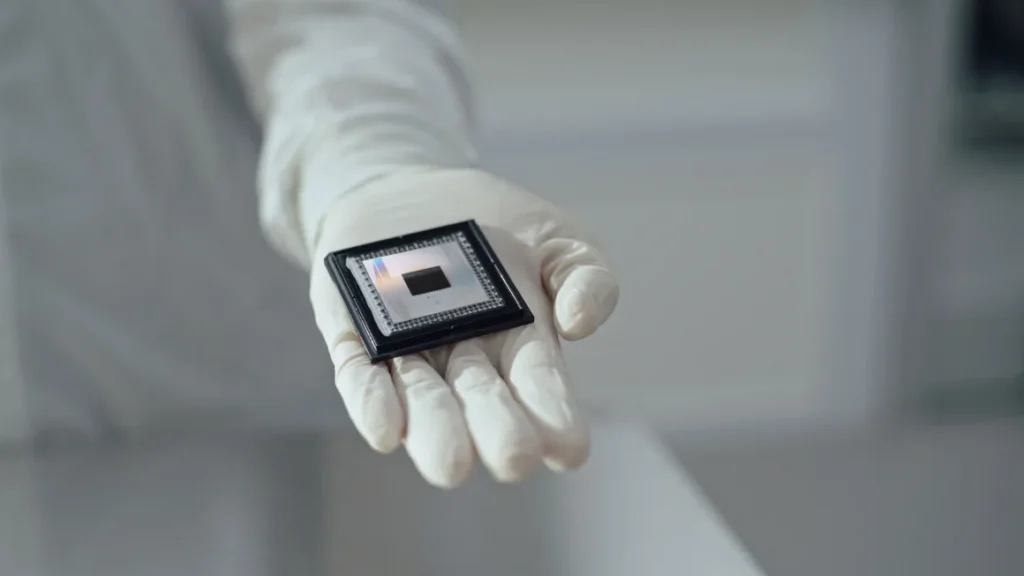
Google has breakthrough in Quantum Computing. It made a significant leap in the world of quantum computing, unveiling a new generation of quantum chips capable of solving a computational problem in just five minutes—an accomplishment that would take a classical supercomputer longer than the entire history of the universe. This breakthrough is a crucial step forward for Google and its rivals like Microsoft and IBM, who are all vying to harness the power of quantum computing for unprecedented speed and capabilities.
While the specific problem solved by Google’s new chip may not have immediate commercial applications, the company envisions a future where quantum computers can address complex challenges in fields like medicine, battery chemistry, and artificial intelligence—areas that current computing technology struggles to impact.
Quantum Error-Correction: A Major Milestone
A key hurdle in the development of quantum computers has been dealing with “qubits”—the basic units of quantum information. While qubits have the potential to be far more powerful than the traditional binary bits used in classical computing, they are also highly sensitive to errors. Even small disruptions, like a subatomic particle from space, can cause errors in computations. As more qubits are packed onto a chip, these errors can accumulate, ultimately negating any advantage over classical computing. For decades, scientists have been working on quantum error-correction techniques to tackle this issue.
Google’s breakthrough in quantum computing comes in the form of its Willow chip, which allows error rates to decrease even as the number of qubits increases. Moreover, Google has found a way to correct errors in real time, which brings quantum computers one step closer to practical, large-scale use.
Google’s Strategic Focus on Reliable Qubits
Hartmut Neven, head of Google Quantum AI, celebrated the achievement, stating, “We are past the break-even point.” While some of Google’s competitors are focusing on scaling up the number of qubits, Google has taken a more measured approach by concentrating on creating the most reliable qubits possible. This approach distinguishes Google from its competitors and could prove to be a key factor in the company’s long-term success in quantum computing.
In its latest paper published in Nature, Google addressed past criticisms of its previous quantum breakthroughs. Back in 2019, IBM had challenged Google’s claim that its quantum chip could solve a problem that would take a classical computer 10,000 years, arguing that it could be solved in just two-and-a-half days with a different set of assumptions. However, Google now asserts that even under the most favorable conditions for classical systems, their latest chip would outperform conventional computers by taking a billion years to reach the same result.
Advancing Quantum Technology with New Facilities
Another critical component of Google’s success in this field is its dedicated fabrication facility for producing Willow chips. Previously, the company relied on a shared facility at the University of California, Santa Barbara, but with the new facility, Google has more control over its manufacturing process. This will allow for faster iteration and testing, which is essential in the fast-moving field of quantum computing. Anthony Megrant, chief architect for Google Quantum AI, highlighted the importance of this new facility, stating that it will enable the team to move quickly from concept to experimentation. With these advancements, Google is positioning itself at the forefront of quantum computing, poised to unlock new possibilities for both research and practical applications in the future.
If google’s breakthrough in quantum computing may fully successful through continuing research and development day-by-day on unique basis then its competitors will be unable to run with it. Google is working on keeping monopoly basis. Presently, no competitor is present on global market. It is a leader of Global Technology Market.
Read regular specific news on https://khudaniajournal.com

